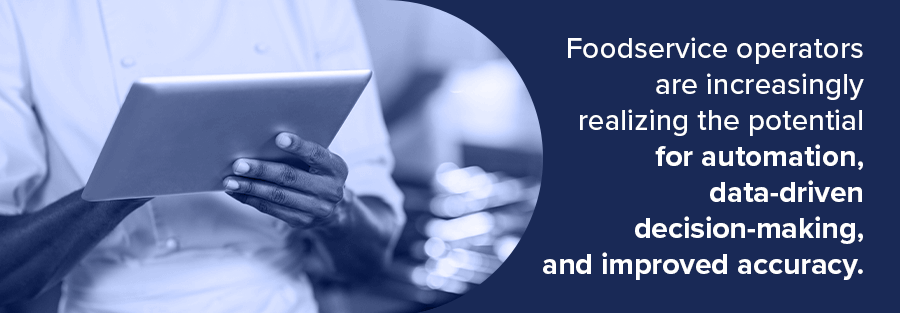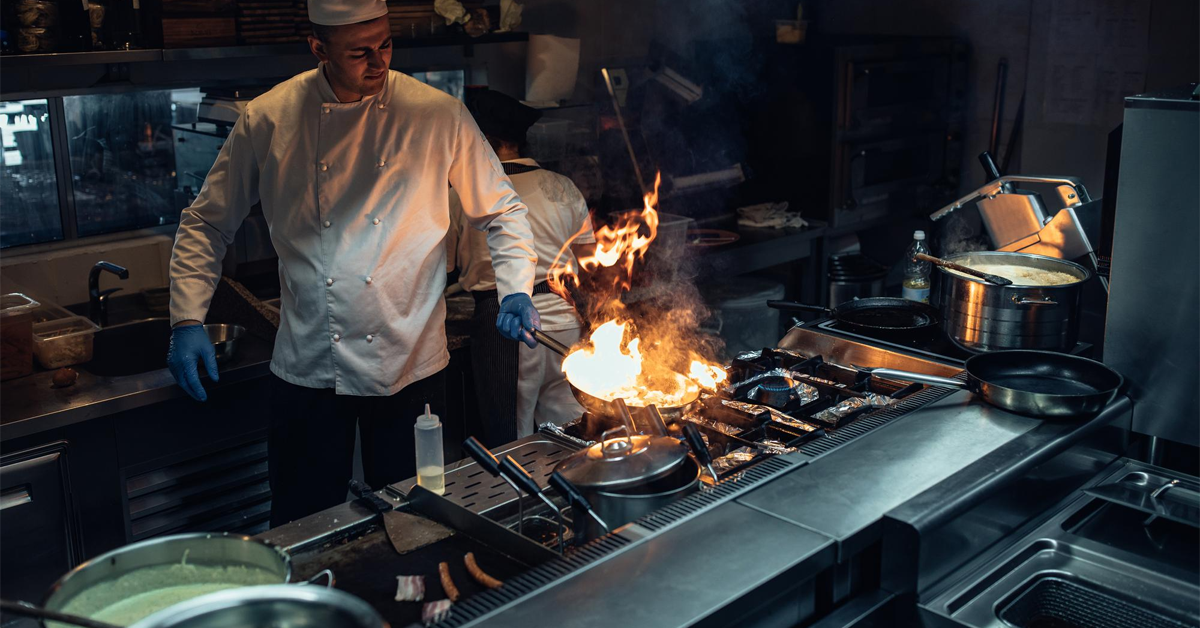Restaurant accounting refers to the specialized field of accounting that focuses on financial management and reporting specific to the restaurant industry. It involves tracking, analyzing, and managing the financial transactions and operations of a restaurant business.
Restaurant accounting encompasses various aspects, including bookkeeping, financial statement preparation, budgeting, cash flow management, inventory control, payroll processing, tax compliance, and cost analysis. These activities are essential for restaurant owners and managers to gain insights into their financial performance, make informed business decisions, and maximize profitability.
The adoption of Back Office technology in the foodservice industry has been slower compared to other industries. Several factors contribute to this, including:
- Tradition and familiarity: The foodservice industry has a long history of relying on traditional, manual processes for managing back office operations. Many operators are accustomed to using paper-based systems, spreadsheets, and manual calculations. Breaking away from these familiar practices can be challenging, particularly for established businesses.
- Resource constraints: Small to mid-sized foodservice operators often operate on tight budgets and have limited resources. Investing in new technology and the associated infrastructure may be perceived as costly, both in terms of financial investment and time required for implementation and training. The upfront costs and potential disruptions during the transition phase can deter some operators from adopting back office technology.
- Complexity and customization: The foodservice industry is diverse, with various types of establishments such as restaurants, cafes, bars, and catering businesses. Each has its unique operational requirements, menu offerings, and management processes. Developing or implementing back office technology that caters to the specific needs of each establishment can be complex and time-consuming. Some operators may be hesitant to adopt technology that doesn’t align perfectly with their individual business models.
- Resistance to change: Like any industry, the foodservice sector is not immune to resistance to change. Employees and management may be reluctant to embrace new technologies due to concerns about job security, perceived complexities, or fear of disruption to established routines. Overcoming resistance to change and ensuring buy-in from all stakeholders is crucial for successful technology adoption.
- Lack of awareness and understanding: Some foodservice operators may simply be unaware of the available back office technology solutions or have limited knowledge about their benefits. Education and awareness-building efforts targeting operators could help bridge the knowledge gap and promote the advantages of adopting technology for streamlining operations, improving efficiency, and enhancing profitability.

Despite the initial hesitations, the foodservice industry is gradually recognizing the benefits of accounting technology. As technology solutions become more user-friendly, affordable, and customizable, operators are increasingly realizing the potential for automation, data-driven decision-making, and improved accuracy.

Some key features of restaurant accounting include:
- Revenue and sales tracking: Restaurant accounting involves accurately recording and categorizing sales, including food and beverage sales, catering services, and other revenue streams. It helps track sales trends, identify top-selling items, and measure overall revenue growth.
- Expense management: It involves monitoring and categorizing expenses such as food and beverage costs, labor expenses, rent, utilities, marketing costs, and other operational expenses. Effective expense management helps identify areas for cost savings and optimize profitability.
- Inventory control: Managing inventory is crucial in the restaurant industry. Restaurant accounting includes tracking inventory levels, monitoring ingredient costs, calculating food and beverage costs, and implementing inventory control measures to prevent waste, theft, or overstocking.
- Payroll and labor management: Restaurant accounting involves tracking employee hours, calculating wages, managing tips and gratuities, and ensuring compliance with labor laws. It also helps analyze labor costs and optimize staffing levels for efficient operations.
- Financial analysis and reporting: Restaurant accountants provide financial reports, such as profit and loss statements, balance sheets, cash flow statements, and other performance indicators. These reports help owners and managers assess their financial health, identify areas of improvement, and make informed business decisions.
- Tax compliance: Restaurant accounting ensures compliance with tax regulations, including filing sales tax, payroll tax, and income tax returns. Accountants help navigate complex tax laws, maximize deductions, and minimize tax liabilities.
In the bustling world of restaurants, accurate accounting serves as the secret ingredient that can make or break the success of a culinary empire. It’s like a finely tuned recipe that ensures financial stability and guides the path to greatness. Imagine a restaurant without accurate accounting—it’s like trying to navigate a maze blindfolded, stumbling into financial pitfalls at every turn. But with precise accounting, the fog lifts, revealing a clear path to profitability.
Accurate accounting means every dollar earned is accounted for, every expense is tracked diligently, and every opportunity for growth is illuminated. It’s time to unlock the hidden treasures buried in your financial data.

By utilizing Back Office accounting technology, operators get access to valuable insights and financial guidance to make informed decisions, increase profitability, and maintain financial stability.
We believe that accounting is not just about crunching numbers—it’s about unlocking the secret recipe for restaurant success. It takes an extraordinary fusion of data and innovative technology like Back Office working together in perfect harmony to propel your business to new heights.

